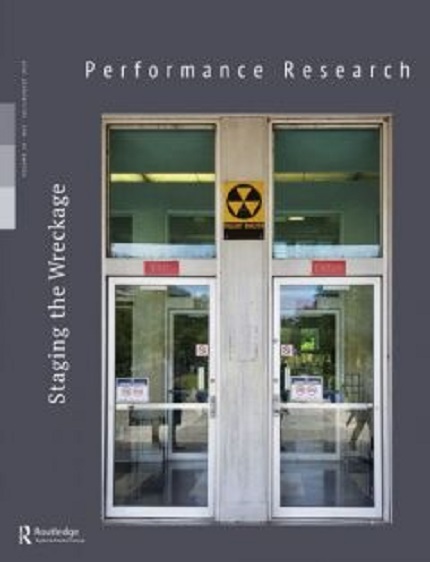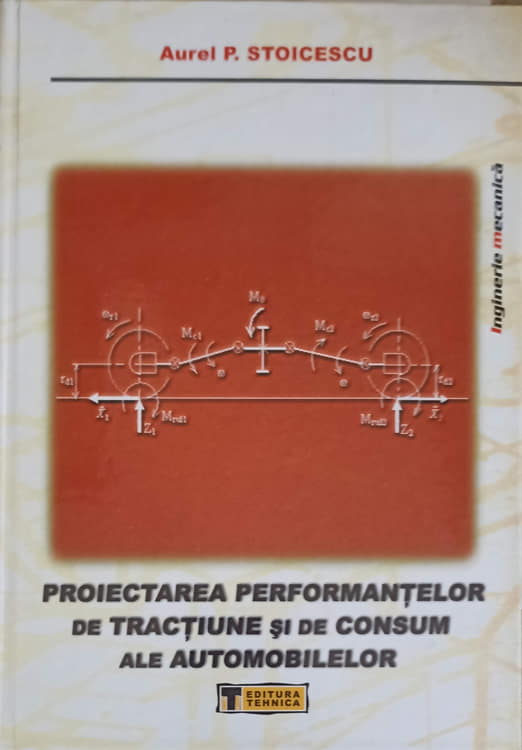- Informatii telefonice:(+40) 748 400 200
Performance Reasearch Vol.24 Issue 5 |
Cod intern: xsales_258812Producator: Routledge
Vizualizari: 38 / Achizitii: 51
Pret: 79.0 RON
Acest produs este publicat in categoria Librarie la data de 30-09-2023: 09:09 si vandut de Carturesti. Vanzatorul isi asuma corectitudinea datelor publicate. ( alege finantarea potrivita )
-
Produs cu garantie
-
Livrare direct din stocul fizic al Carturesti
-
Retur gratuit minim 14 zile de la data achizitiei
From the destruction of the Twin Towers in 2001, to the devastation of the Indian Ocean tsunami in 2004, to the images of the current refugee crisis and recent terrorist atrocities, the early twenty-first century has witnessed increased media interest in showing all kinds of wreckage to a global audience. While these particular examples are captured in images of the debris and detritus of a catastrophe, there has also been a significant turn, particularly in the UK, to the descriptions and linguistic performances of emotional and psychological wreckage, from the victims of various high-profile sexual grooming and abuse cases, to survivors and witnesses of other events. Wreckage is also increasingly made available through the rise of television dramas that deal with violence and representations of its aftermath.Staging the Wreckage considers how theatre can call on ‘stagings of wreckage’ to show the labour of performance, the inevitable failure of representation and the disasters immanent in human relations. Beyond explorations of theatrical wrecks and wreckage, this issue brings together international scholars and artists who explore the performativity of wreckage, its sites, politics and ‘practices’, in essays, provocations and artists pages.











Scrie parerea ta
Performance Reasearch Vol.24 Issue 5 |
Ai cumparat produsul Performance Reasearch Vol.24 Issue 5 | ?
Lasa o nota si parerea ta completand formularul alaturat.
From the destruction of the Twin Towers in 2001, to the devastation of the Indian Ocean tsunami in 2004, to the images of the current refugee crisis and recent terrorist atrocities, the early twenty-first century has witnessed increased media interest in showing all kinds of wreckage to a global audience. While these particular examples are captured in images of the debris and detritus of a catastrophe, there has also been a significant turn, particularly in the UK, to the descriptions and linguistic performances of emotional and psychological wreckage, from the victims of various high-profile sexual grooming and abuse cases, to survivors and witnesses of other events. Wreckage is also increasingly made available through the rise of television dramas that deal with violence and representations of its aftermath.Staging the Wreckage considers how theatre can call on ‘stagings of wreckage’ to show the labour of performance, the inevitable failure of representation and the disasters immanent in human relations. Beyond explorations of theatrical wrecks and wreckage, this issue brings together international scholars and artists who explore the performativity of wreckage, its sites, politics and ‘practices’, in essays, provocations and artists pages.
Acorda un calificativ